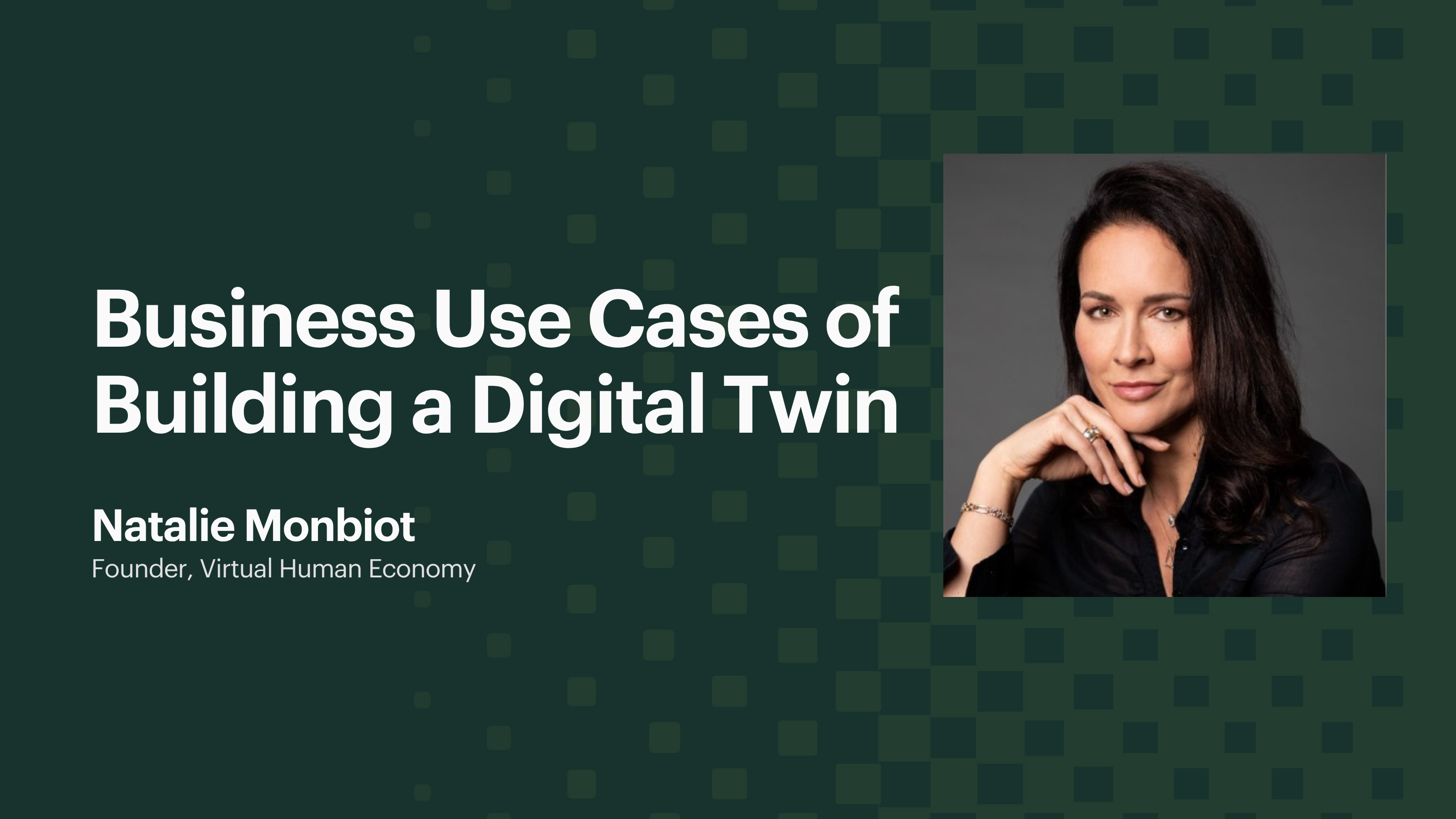Introduction
The B2B2C model, where businesses facilitate transactions between other businesses and consumers, is prevalent in the modern digital landscape, particularly within the fintech and e-commerce sectors. Unlike traditional SaaS models reliant on subscription fees, B2B2C businesses often hinge their revenue streams on transaction fees, demanding a nuanced approach to correlating product usage and revenue growth.
Understanding the B2B2C Model
In a B2B2C model, a business (B1) provides a product or service to another company (B2), which in turn serves the end consumers (C). The primary revenue stream often involves a percentage of transaction fees rather than upfront payments or subscriptions. For instance, in the fintech sector, platforms facilitating financial transactions between businesses and consumers typically earn through transaction fees.
Product Growth expert Vishal Rewari illustrates this with a fintech product example: "This is a fintech product which is selling mutual funds to all financial products to the customers through their partners...the success of the fintech application is assets under management." Here, the fintech product earns only when transactions occur, making empowering partners to drive more transactions crucial.
Developing a Measurement Framework
To effectively correlate product usage with revenue growth, Vishal suggests developing a robust measurement framework comprising six key metrics:
- Focus Metrics
- Reach Metrics
- Activation Metrics
- Engagement Metrics
- Retention Metrics
- Business-Specific Metrics
Focus Metrics
The focus metrics are directly tied to the primary goal of the number of transactions. As Vishal says:
"The focus metric can be the number of transactions per day per month or the amount of transactions per day per user." These metrics are critical for understanding overall performance.
This could be the total value of assets under management or the number of transactions processed for a fintech product. In a B2B2C model, understanding the core revenue-driving activities is essential. For instance, a study by PwC found that companies focusing on transaction-based metrics saw a 35% increase in revenue growth compared to those focusing on subscription models.
Reach Metrics
Reach metrics measure the number of users engaging with the product. "The higher the number of users you have, it will ideally move the percentage of transactions," Vishal notes. Increasing the user base can significantly impact transaction volumes.
Increasing the user base is fundamental for growth. A practical example is PayPal, which initially focused on acquiring as many users as possible by offering incentives for sign-ups and referrals. This strategy significantly increased their reach leading to higher transaction volumes and market penetration.
Activation Metrics
Activation metrics assess how many users start using the product. These metrics are crucial in understanding initial user engagement and the potential for future transactions.
Activation metrics ensure that new users start using the product effectively. Dropbox, for example, uses a seamless onboarding process that quickly engages users by demonstrating the product's value. This approach has been instrumental in converting sign-ups into active users, contributing to their growth.
Engagement Metrics
Engagement metrics evaluate how active users interact with the product's features. Vishal explains:
"Are they accessing the marketing materials? Are they accessing different features that are present in the application?" High engagement levels often correlate with increased transactions.
Continuous interaction with the product is crucial for maintaining user interest and driving transactions. Amazon's recommendation system is a prime example of leveraging engagement metrics. By analyzing user behavior and providing personalized recommendations, Amazon keeps users engaged, leading to increased purchase frequency.
Retention Metrics
Retention metrics measure how frequently users return to the product. Consistent use indicates satisfaction and the likelihood of more transactions.
Retention metrics focus on keeping users returning to the product. Netflix excels in this area by using data analytics to offer personalized content recommendations, thereby increasing user retention. According to a study by Bain & Company, increasing customer retention rates by 5% can lead to a profit increase of 25% to 95%.
Business-Specific Metrics
These metrics are tailored to the unique aspects of the business. For example, in fintech, a critical business-specific metric could be assets under management.
Tailoring metrics to the unique aspects of the business ensures a more precise measurement of success. For a fintech company, tracking metrics like the average account balance or the frequency of transactions per user can provide deeper insights into user behavior and revenue potential.
Granular Metrics: Levels of Measurement
To refine the analysis, Vishal suggests breaking down metrics into multiple levels:
- Level One Metrics: High-level indicators such as the total number of transactions.
- Level Two Metrics: Detailed metrics that influence Level One metrics, such as the number of new users or the frequency of user engagement.
- Level Three Metrics: Highly granular metrics impacting Level Two, such as specific feature usage or customer feedback.
Example: Amazon
Using Amazon as an example, Vishal explains:
"Amazon earns on a delivery; it has to increase the number of deliveries." This involves increasing sellers, buyers, and repeated purchases. Focusing on specific metrics like new sellers and products Amazon ensures a robust supply chain and high transaction volumes.
Data Products for Enhanced Usage
In addition to metrics, Vishal highlights the importance of building data products that enhance usage. For instance, a point-of-sale (POS) system can predict inventory needs based on past sales data, prompting timely reorders and ensuring seamless transactions. "A point-of-sale solution can certainly tell them that, your inventory for this product is getting down," Vishal notes. This predictive capability enhances user dependency and product value.
POS systems that integrate data analytics can significantly boost transaction volumes. For example, a POS system predicting stock shortages helps retailers maintain optimal inventory levels, ensuring continuous sales and higher transaction fees for the provider. For example, in the retail sector, Walmart uses data analytics to optimize inventory management, predicting stock needs based on sales trends and seasonal patterns.
This approach not only improves inventory turnover but also ensures that popular items are always in stock, leading to increased sales and customer satisfaction. According to a report by Deloitte, retailers using predictive analytics saw a 10-20% increase in sales due to better inventory management.
To further validate these approaches, let's consider some numbers:
- User Engagement and Revenue Growth: According to a report by McKinsey, companies that excel in user engagement see a 23% increase in revenue compared to their less-engaged counterparts.
- Predictive Analytics in POS Systems: A report shows that predictive analytics in POS systems can increase sales by up to 15% by preventing stockouts and optimizing inventory management.
- Fintech Growth Metrics: The fintech sector has seen a 30% increase in transaction volumes year-over-year, driven by enhanced user engagement and retention strategies.
Conclusion
In conclusion, correlating product usage to revenue growth in a B2B2C scenario involves a multifaceted approach that includes developing a robust measurement framework and leveraging data products. By focusing on key metrics such as reach, activation, engagement, retention, and business-specific metrics, companies can drive significant transaction volumes and revenue growth.
.jpg)


